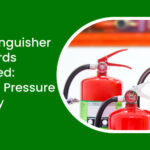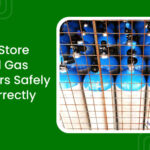
10-Step Guide to Buying the Best Fire Extinguisher in India
Planning to buy the right fire extinguishers for your business or industrial setting, but unsure of the steps to choose them correctly? Rest assured, we have got you covered. In this detailed guide, we have curated a 10-step buying guide to help you choose the right firefighting cylinders that fit into your intended place. So,
Read More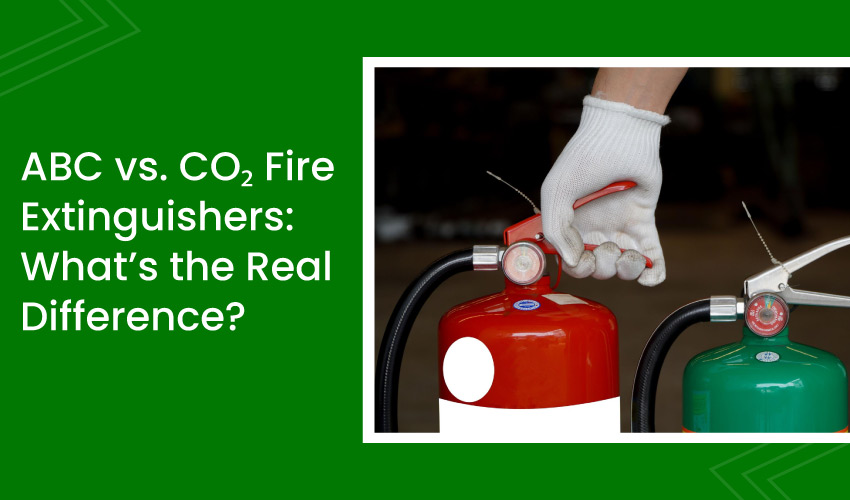
ABC vs. CO₂ Fire Extinguishers: What’s the Real Difference?
Fire extinguishers are vital safety tools that save life and property in case of a fire situation. ABC and CO₂ fire extinguishers are among the most commonly used, each designed for specific types of fire hazards. Understanding the difference between these two extinguishers is essential for choosing the right one and ensuring effective fire protection
Read More
Fire Extinguisher Standards Explained: Testing, Pressure & Safety
Fire extinguishers are life-saving devices used to extinguish fires. Given the importance of this device, fire safety agencies have set various mandatory guidelines to maintain the performance and safety of the firefighting cylinder. In this detailed blog post, we will guide you through the regulatory standards, mandated testing methods, when and what to check, as
Read More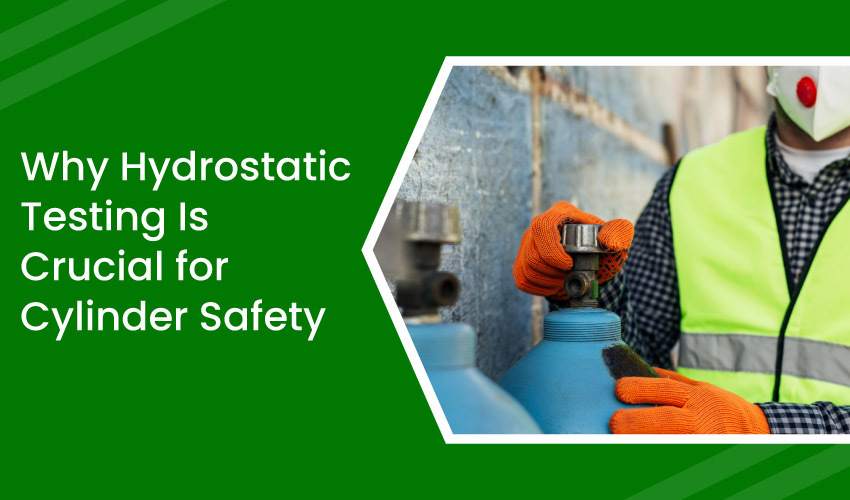
Why Hydrostatic Testing Is Crucial for Cylinder Safety
A cylinder containing hazardous gas requires undergoing some rigorous testing procedures to ensure the safe operation of the gas cylinders throughout their lifespan. Among various testing procedures a cylinder undergoes, hydrostatic testing stands out for testing the strength and leak-tightness. In this detailed blog post, we will explore why hydrostatic testing is crucial for cylinder
Read More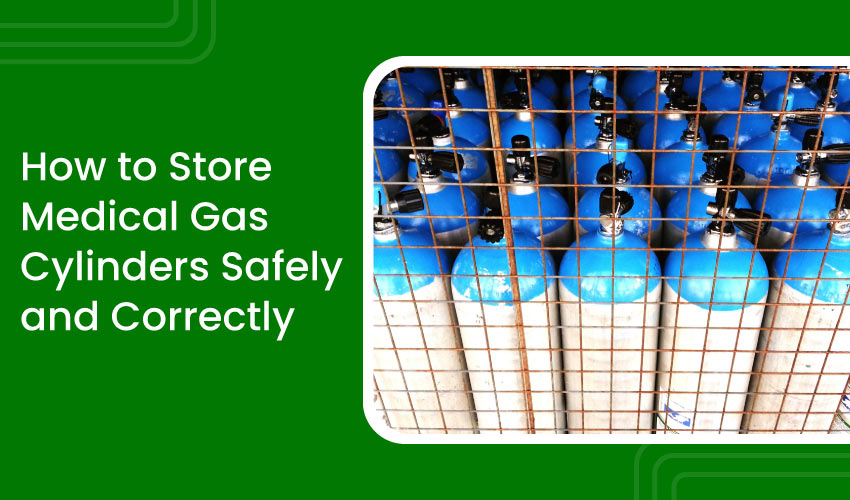
How to Store Medical Gas Cylinders Safely and Correctly
Storing, moving, and transporting medical gas cylinders is a critical task that requires utmost attention to mitigate any mishappenings. It is highly essential to know the best practices of handling and storing medical gas cylinders before dealing with them. In this detailed blog post, we will explore the tips and guidelines for storing and handling
Read More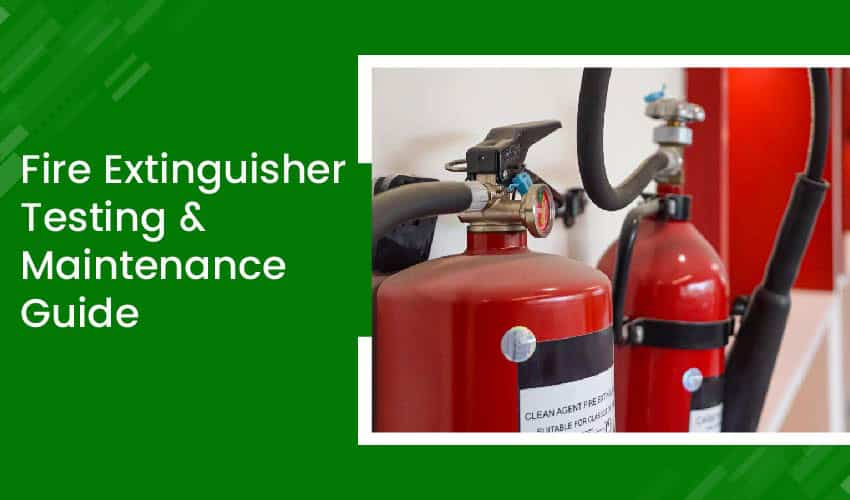
Fire Extinguisher Testing & Maintenance Guide
Fire extinguishers are crucial safety equipment that play a vital role in extinguishing fire situations. Keeping them maintained and workable throughout their lifespan ensures they work as intended when required the most. In this comprehensive blog post, we will learn the best practices and checklists that explain all the whys and hows, along with checklists
Read More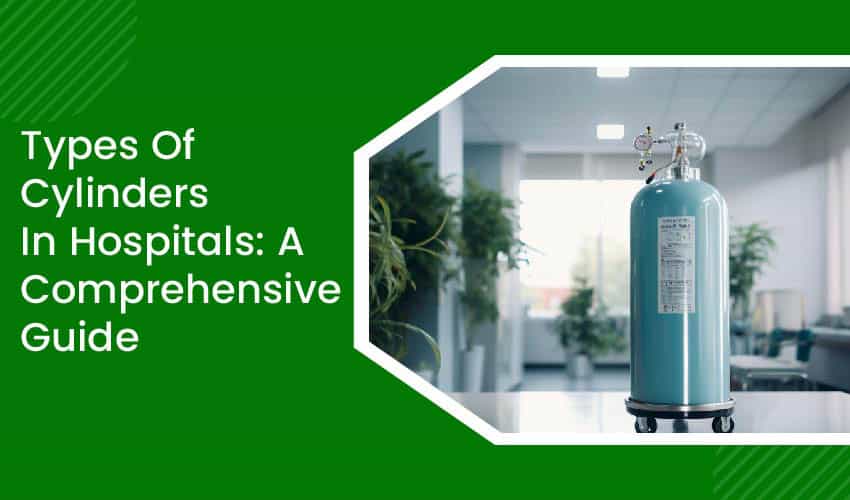
Types of Cylinders in Hospitals: A Comprehensive Guide
Atmospheric gases, such as oxygen, nitrogen, helium, and nitrous oxide, play a vital role in medical processes, providing life-saving facilities to individuals in need. When it comes to storing these life-saving gases, they require robust and high-pressure withstand capacity containers. That’s where medical gas cylinders come into play, providing a robust, tough, and secure storage
Read More
CNG Cylinder Hydro Testing: Basic, Process & Validity Explained
A CNG cylinder has to go through several rigorous testing procedures, including burst testing, impact testing, fire testing, ultrasonic testing, and hydro testing. Among all, hydro testing plays a major role in verifying the structural integrity and high-pressure withstanding capability of any CNG cylinders. But what is it, how is it done, and how often
Read More
Why Choose CNG Over Petrol? A Smarter Fuel Choice Explained
The rise of global warming is forcing us to seek eco-friendly fuel sources, as traditional fuel sources have been causing more harm to the environment. CNG, or compressed natural gas, is an eco-friendly and cost-effective alternative for individuals and businesses. To keep you informed about CNG and explain why you should choose CNG over petrol,
Read More
Industrial Uses of Nitrogen Gas: Applications & Benefits
Nitrogen is the most abundant gas in Earth’s atmosphere, covering almost 78% of the total gas available. With its special life-sustaining properties, it serves as a vital nutrient for life through the nitrogen cycle. Besides, Nitrogen is heavily used in various industrial settings to harness the power of nitrogen to keep the products fresh and
Read More

